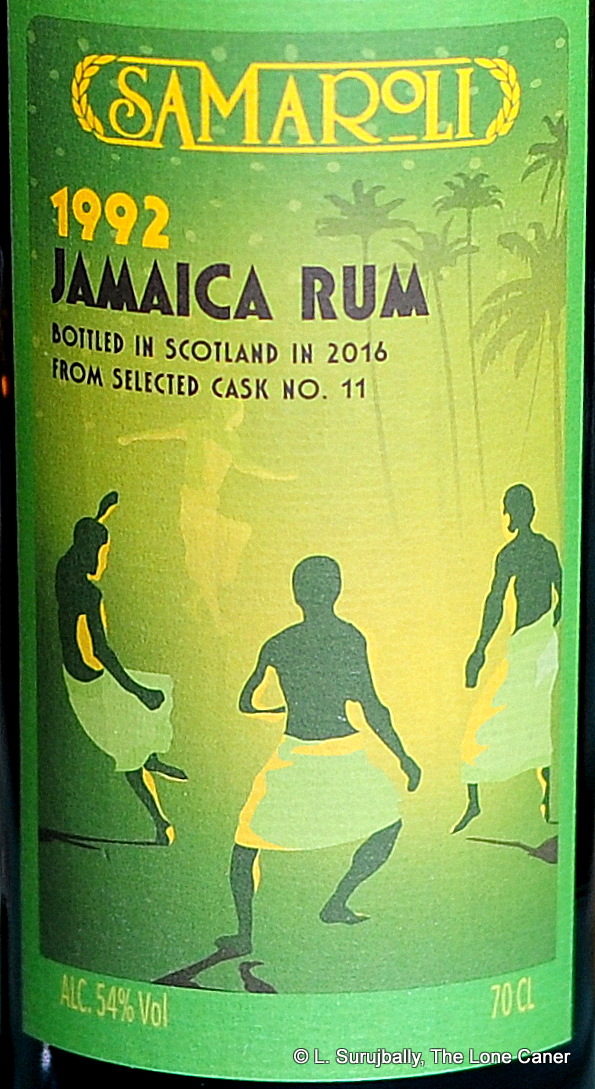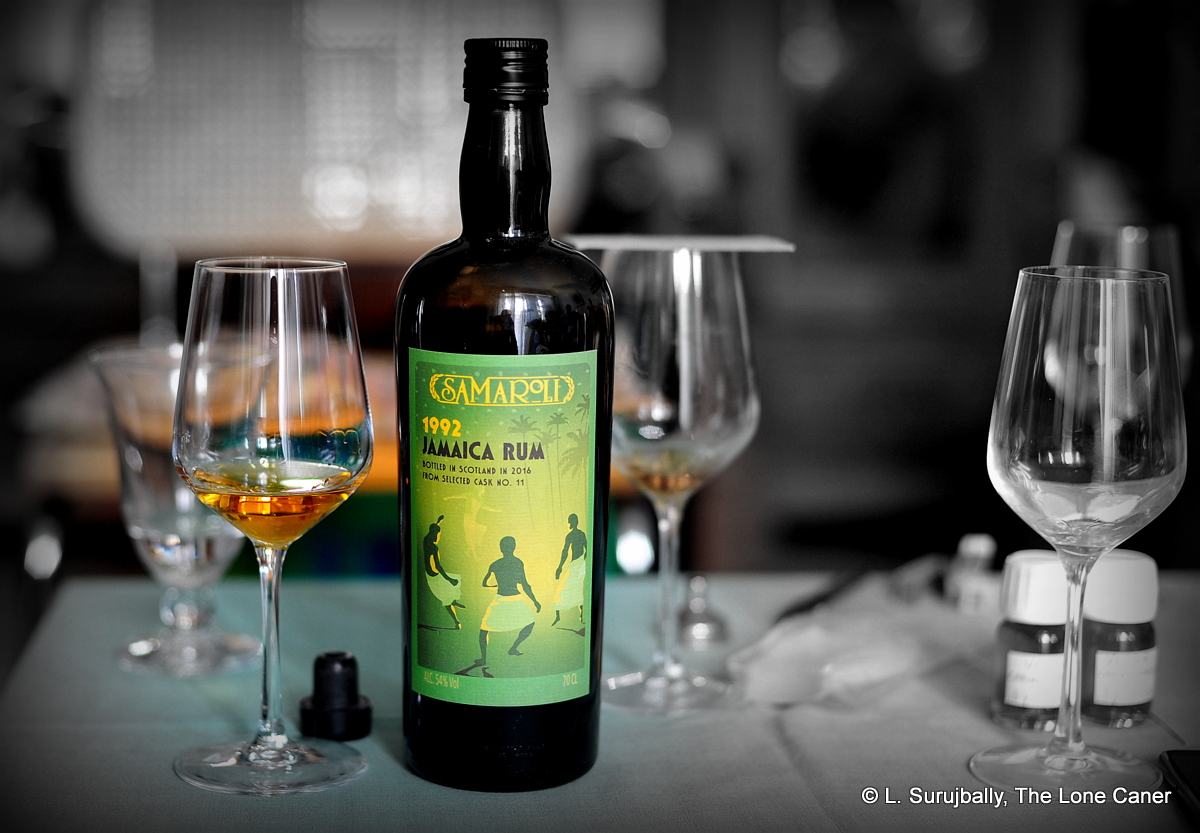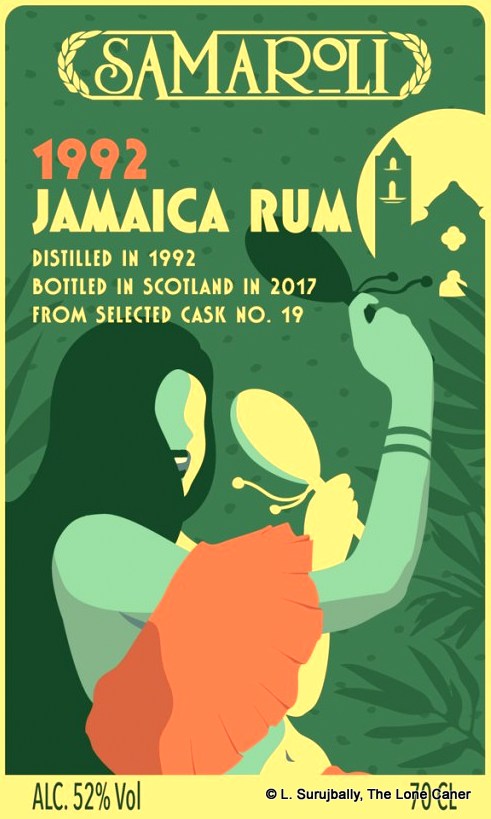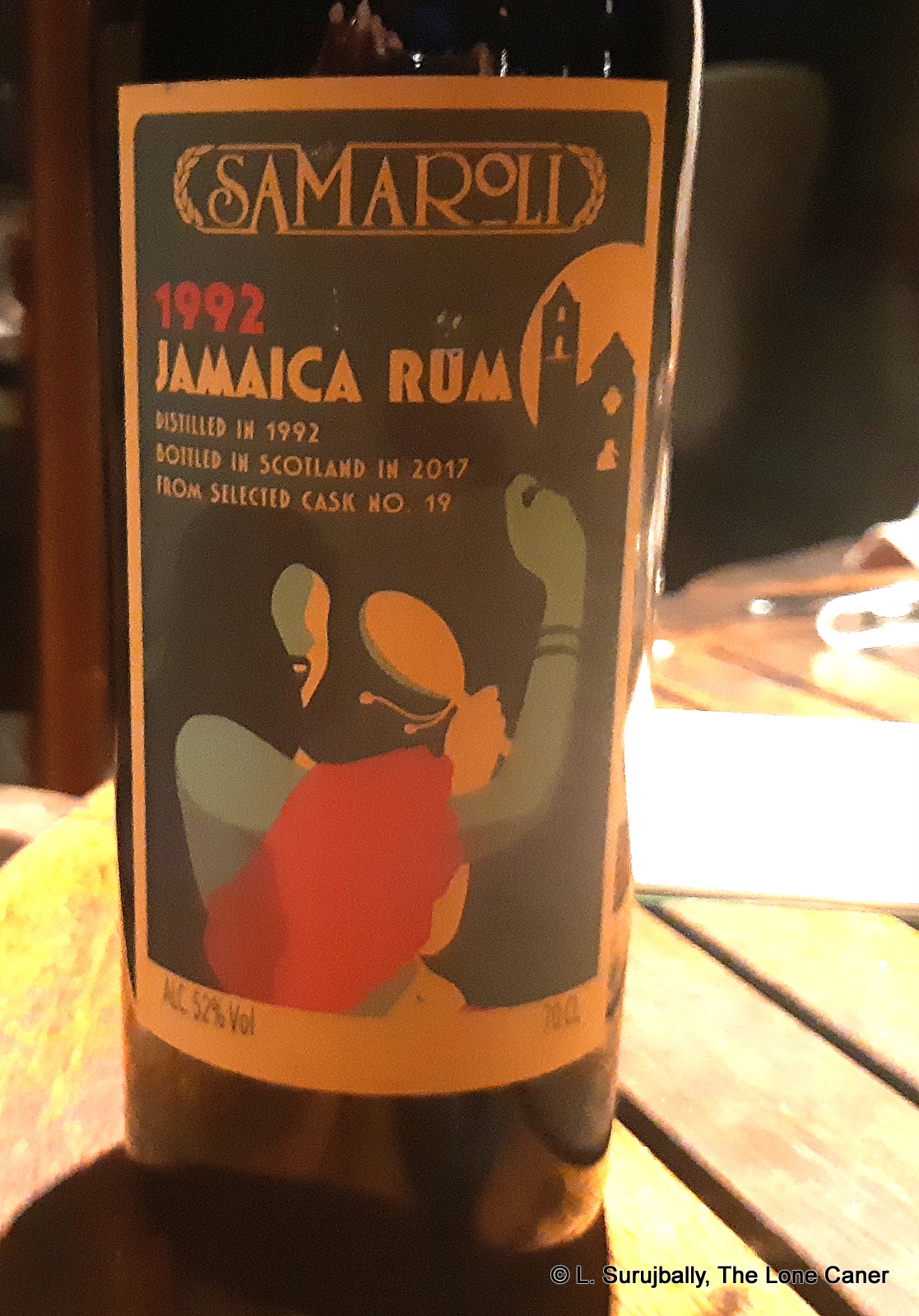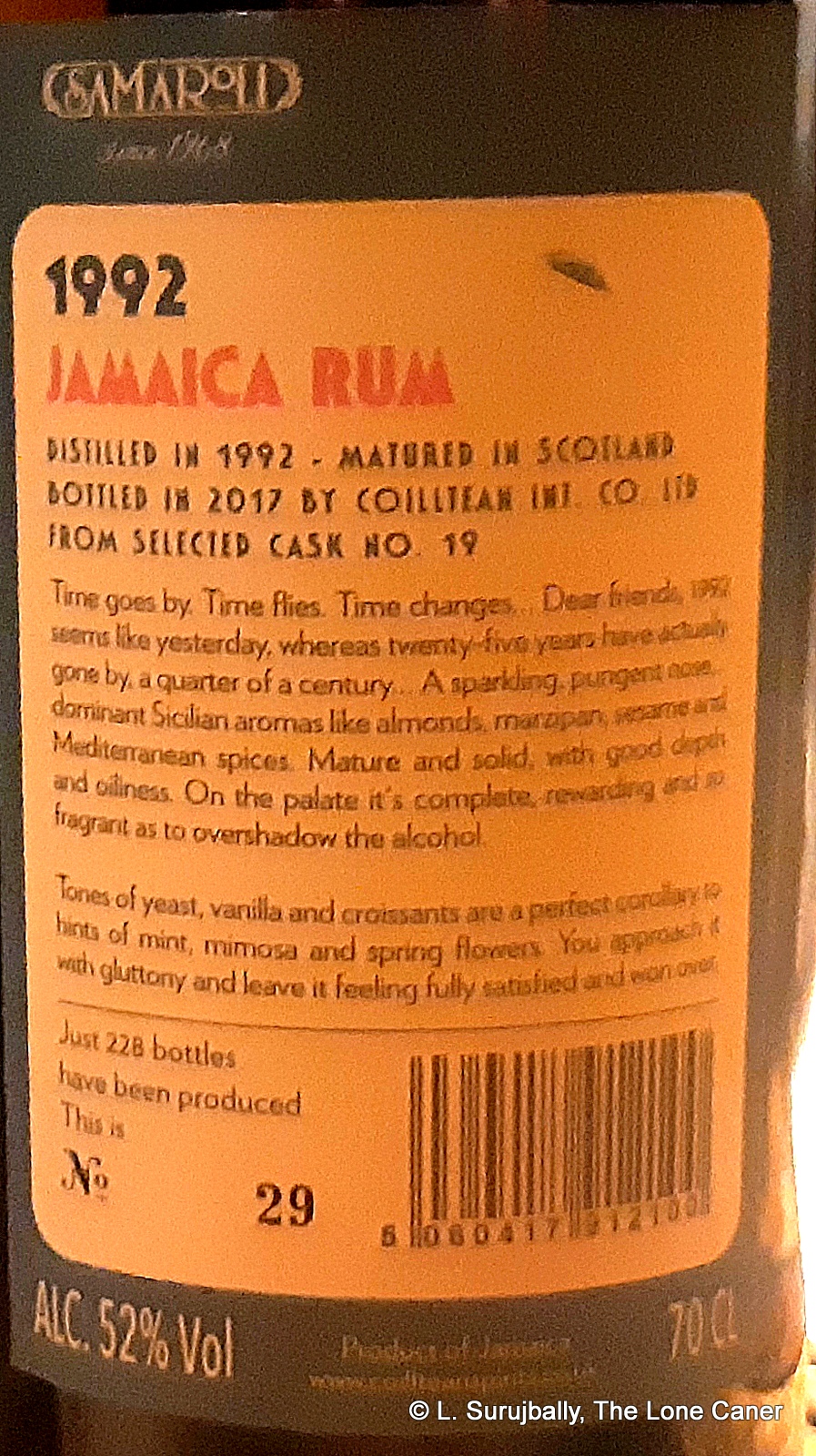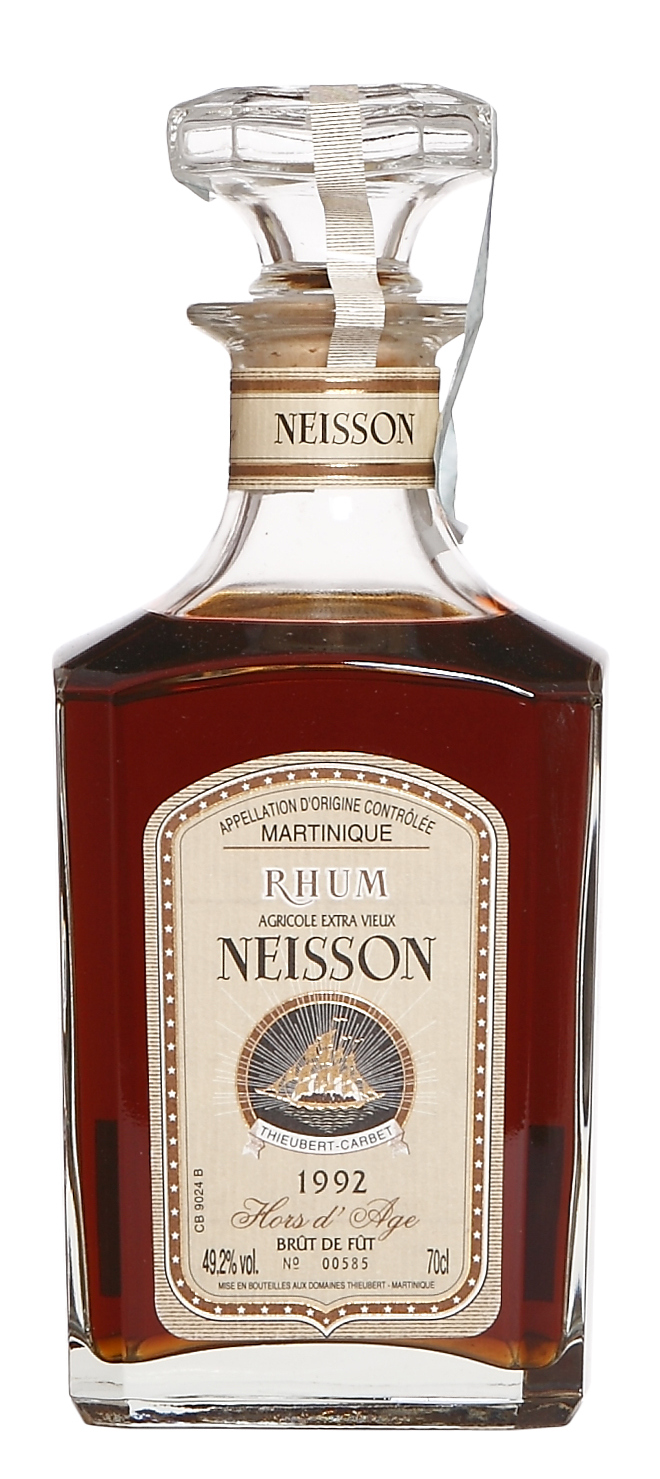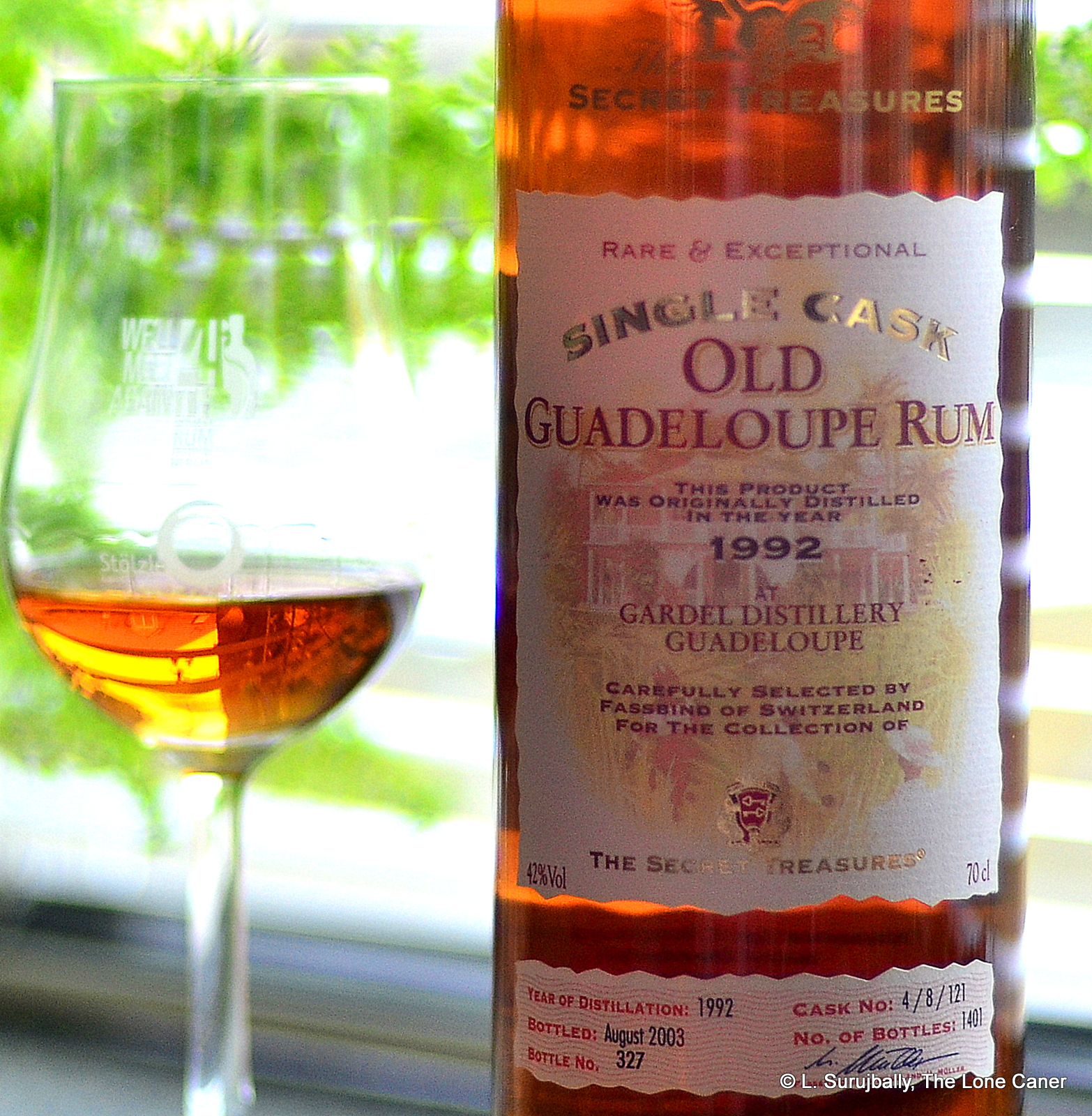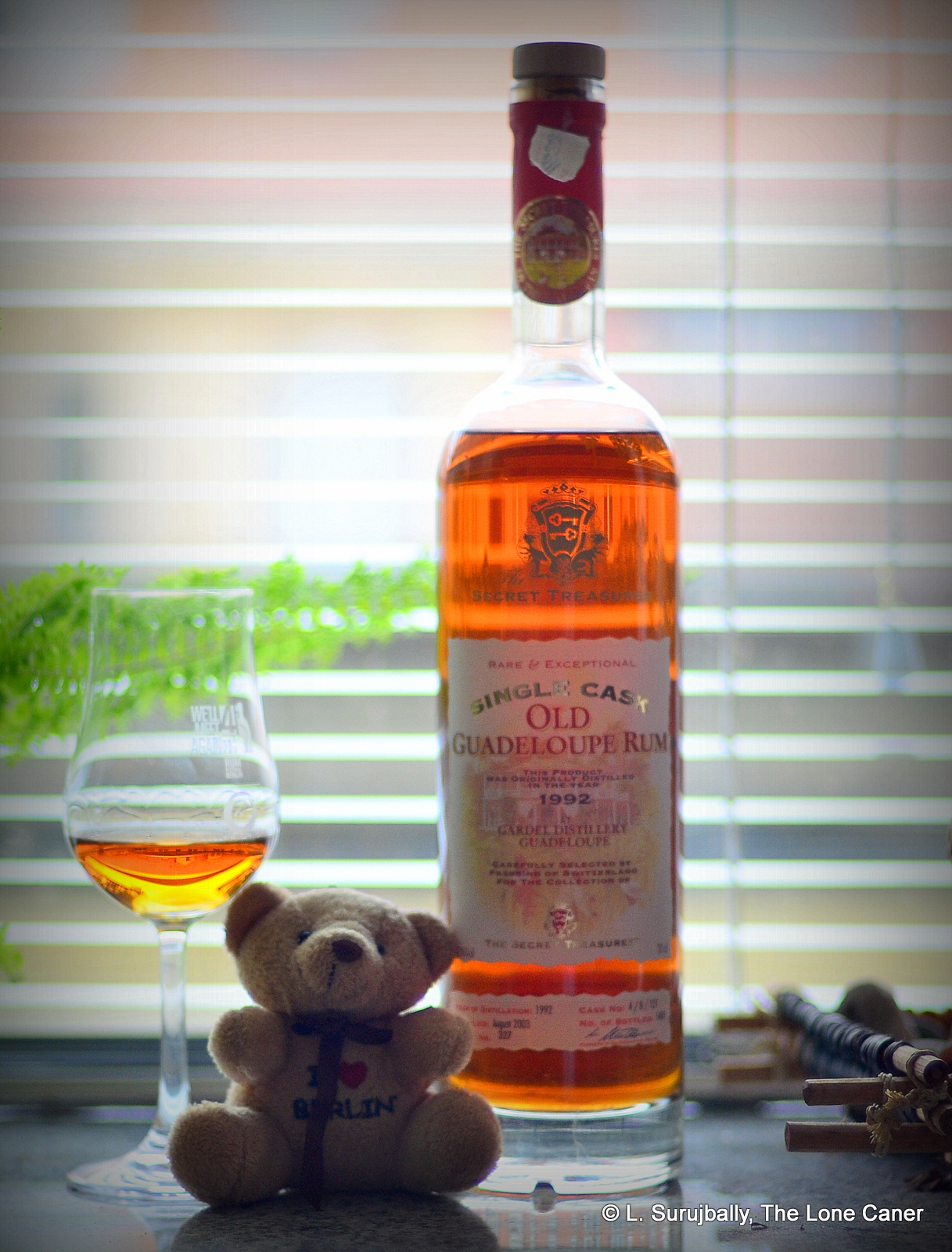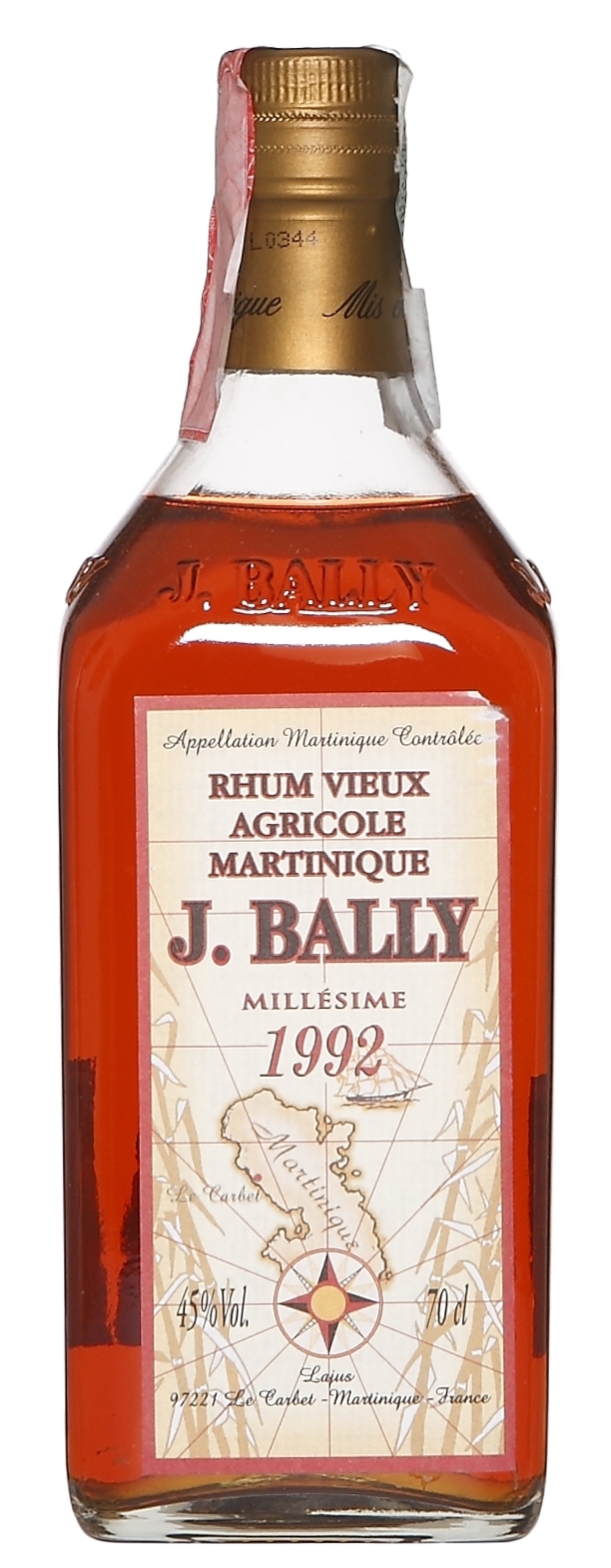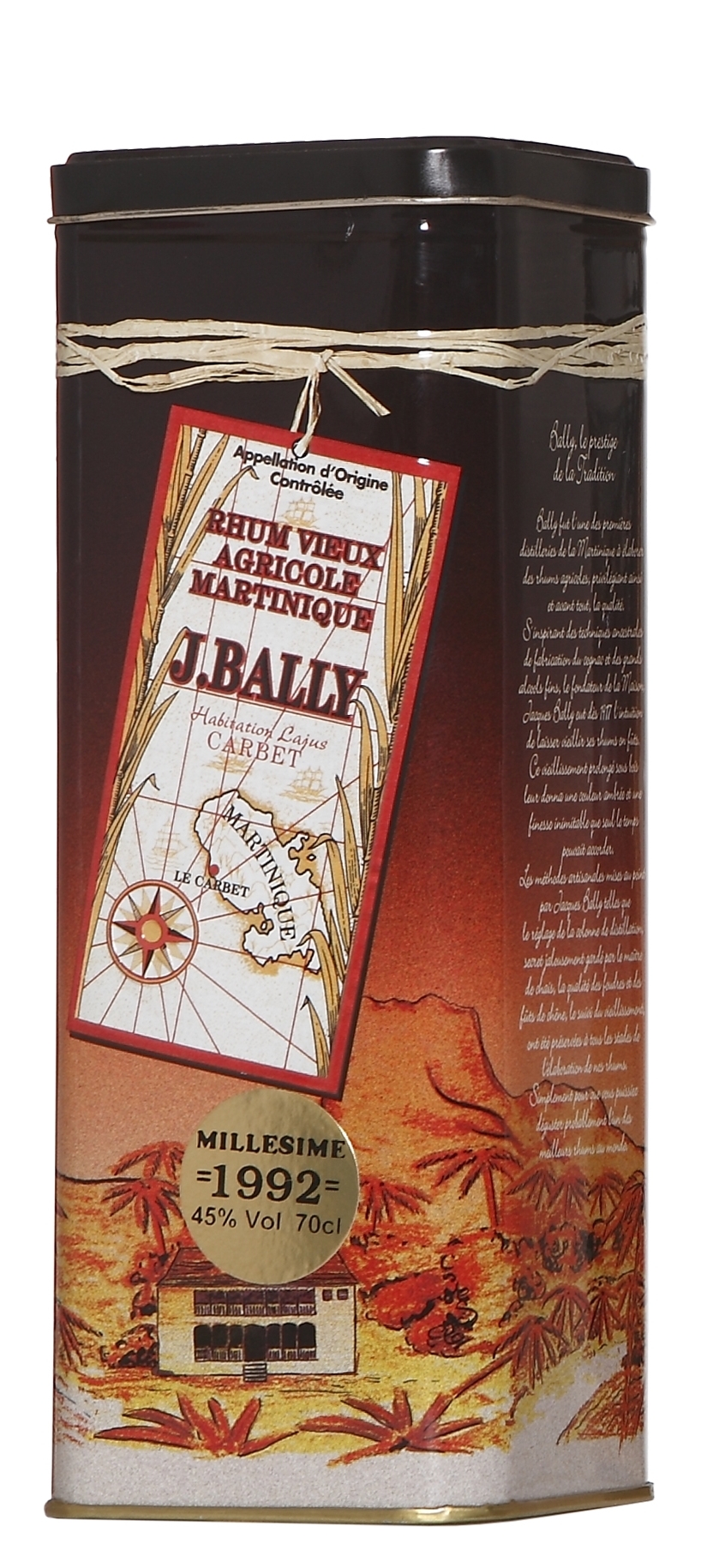 There are some older bottles in the review queue for products from what I term the “classic” era of the Swiss / German outfit of Secret Treasures, and it’s perhaps time to push them out the door in case some curious person ever wants to research them for an auction listing or something. Because what Secret Treasures are making now is completely different from what they did then, as I remarked in my brief company notes for last week’s entry on the “Carony” rum they released in 2003.
There are some older bottles in the review queue for products from what I term the “classic” era of the Swiss / German outfit of Secret Treasures, and it’s perhaps time to push them out the door in case some curious person ever wants to research them for an auction listing or something. Because what Secret Treasures are making now is completely different from what they did then, as I remarked in my brief company notes for last week’s entry on the “Carony” rum they released in 2003.
In short, from a traditional indie bottler who exactingly and carefully selects single barrels from a broker and bottles those, the company has of late gone more in the direction of a branded distributor, like, say, 1423 and its Companero line. That’s not a criticism, just an observation: after all, there’s a ton of little single-barrel-releasing indies out there already – one more won’t be missed – and not many go with the less glamorous route of releasing blends in quantity, though those tend to be low-rent reliable money spinners.
But returning to Secret Treasures’ rums of “the good old days”. This one is from Venezuela: column still product, 42% ABV, 1716 bottle outturn. The label is in that old-fashioned design, noting the date of distillation as 1992 and the distillery of origin as Pampero — but it should be noted there is a “new-style label” pot-still edition released in 2002 with a completely different layout, sharing some of the same stats, the reason for which is unknown. As an aside for the curious, the Venezuelan Pampero distillery itself was formed in 1938 and remained a family concern until it was sold to Guiness in 1991; it is now a Diageo subsidiary, making the Pampero series of light rums like the Especial, Anejo, Seleccion and Oro. Clearly they also did bulk rum sales back in the 1990s.
So that’s the schtick. The rum tasting now. Sorry for the instant spoiler, but it’s meh. The nose is okay and provided one has not already had something stronger (I had not) then aromas of caramel, creme brulee and toffee can easily be discerned, with some light oakiness, dark chocolate, smoke and old leather. A touch of indeterminate fruitiness sets these off, some unsweetened yoghurt, plus vague citrus — and that word is a giveaway, because this whole thing is like that: vague.
Tasting it reinforces the impression of sleepy absent-mindedness. The rum tastes warm, quite easy, creamy, with both salt and sweet elements, like a good sweet soya sauce. Caramel and toffee again, a hot strong latte, oak, molasses and a nice touch of mint. The citrus wandered off somewhere and the fruits are all asleep. This is not a palate guaranteed to impress, I’m afraid. The finish is odd: it’s surprisingly long lasting; nice and warm, some molasses, coffee, bon bons, but it begs the question of where all the aromas and final closing tastes have vanished to.
You’re tasting some alcoholic rummy stuff, sure, but what is it? That’s the review in a nutshell, and I doubt my score would have been substantially higher even back in the day when I was pleased with less. You sense there’s more in there, but it never quite wakes up and represents. From where I’m standing, it’s thin tea — a light and relatively simple, a quiet rum that rocks no boats, makes no noise, takes no prisoners. While undeniably falling into the “rum” category, what it really represents is a failure to engage the drinker, then or now – which may be the reason nobody remembers it in 2021, or even cares that they don’t.
(#820)(78/100)
Other notes
- Comes from a blend of four barrels
- Sold on Whisky Auction for £50 in 2018. Rumauctioneer’s May 2021 session has a “new design” blue label bottle noted above, currently bid to £17
Historical background
Initially Secret Treasures was the brand of a Swiss concern called Fassbind SA (SA stands for Société Anonyme, the equivalent to PLC – the wesbite is at www.Fassbind.ch) — who had been in the spirits business since 1846 when when Gottfried I. Fassbind founded the “Alte Urschwyzer” distillery in Oberarth to make eau de vie (a schnapps). He was a descendant of Dutch coopers who had emigrated to Switzerland in the 13th century and thus laid the foundation for what remains Switzerland’s oldest distillery.
They make grappa, schnapps and other spirits and branched out into rums in the early 2000s but not as a producer: in the usual fashion, rums at that time were sourced, aged at the origin distillery (it is unclear whether this is still happening in 2021), and then shipped to Switzerland for dilution with Swiss spring water to drinking strength (no other inclusions). In that way they conformed to the principles of many of the modern indies.
Fassbind’s local distribution was acquired in 2014 by Best Taste Trading GMBH, a Swiss distributor, yet they seem to have walked away from the rum side of the business, as the company website makes mention of the rum line at all. Current labels on newer editions of the Secret Treasures line refers to a German liquor distribution company called Haromex as the bottler, which some further digging shows as acquiring the Secret Treasures brand name back in 2005: perhaps Fassbind or Best Taste Trading had no interest in the indie bottling operation and sold it off as neither Swiss concern has any of the branded bottles in their portfolio.
Certainly the business has changed: there are no more of the pale yellow labels and sourced single barrel expressions as I found back in 2012. Now Secret Treasures is all standard strength anonymous blends like aged “Caribbean” and “South American” rum, a completely new bottle design and the Haromex logo prominently displayed with the words “Product of Germany” on the label.
